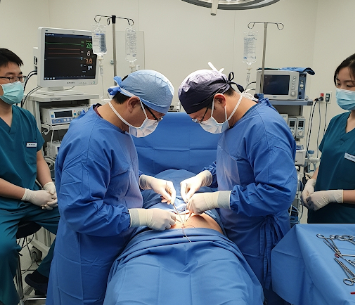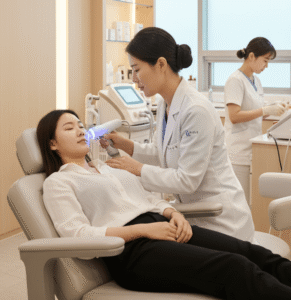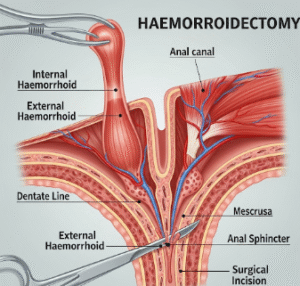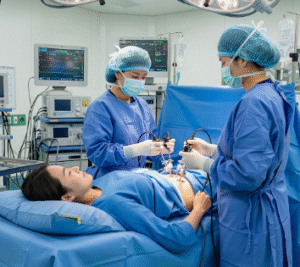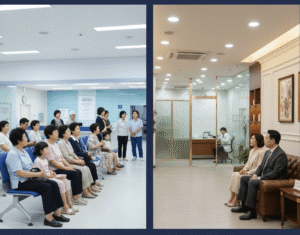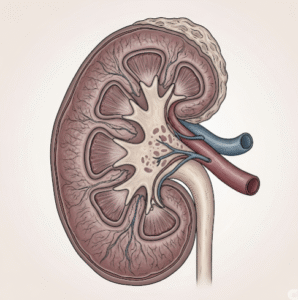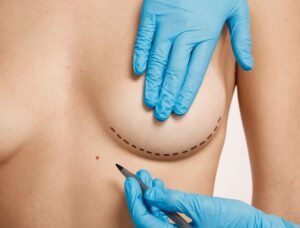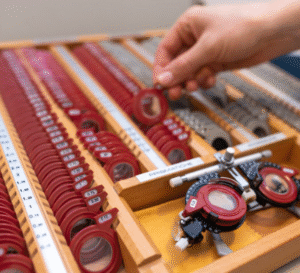Overview
A femoral hernia occurs when tissue, such as part of the intestine or fat, pushes through the femoral canal—a passage near the groin and upper thigh. Though less common than inguinal hernias, femoral hernias are more likely to become incarcerated or strangulated, making timely surgical repair essential.
In South Korea, femoral hernia repair is performed in advanced surgical centers, using laparoscopic or open techniques. Korean hospitals emphasize minimally invasive approaches, rapid recovery, and reduced risk of complications, ensuring optimal patient outcomes.
What is Femoral Hernia Repair?
Femoral hernia repair is a surgical procedure that returns herniated tissue to its proper position and reinforces the femoral canal to prevent recurrence.
It is typically recommended for patients who:
- Have a palpable lump in the groin or upper thigh
- Experience pain, discomfort, or swelling in the groin
- Are at risk of complications such as incarceration or strangulation
- Have recurrent hernias
Surgical repair can be performed via:
- Open femoral hernia repair → incision over the hernia site
- Laparoscopic repair → minimally invasive, using small abdominal incisions and a camera
What are the benefits?
Femoral hernia repair offers multiple advantages:
- Relieves pain and discomfort → resolves pressure and tenderness in the groin
- ➤ Prevents complications → reduces risk of strangulation or bowel obstruction
- ➤ Restores normal anatomy → returns herniated tissue to its proper place
- ➤ Minimally invasive options → laparoscopic repair offers smaller scars and faster recovery
- ➤ High success rates in Korea → expert surgeons ensure low recurrence rates
- ➤ Rapid return to daily activities → outpatient or short-stay procedures available
Procedure Details
1) How should I prepare for Femoral Hernia Repair?
Proper preparation ensures safety and optimal outcomes:
- Medical evaluation → blood tests, imaging (ultrasound or CT), and review of medical history
- Medication adjustment → consult your doctor regarding blood thinners or other medications
- Fasting instructions → no food or drink 6–8 hours before surgery if general anesthesia is planned
- Consent and procedure discussion → explanation of surgical method, risks, benefits, and recovery
- Preoperative hygiene → shower and prepare the surgical site as advised by your surgeon
2) What happens during the procedure Femoral Hernia Repair?
The procedure usually takes 30–90 minutes depending on the hernia size and technique:
- Anesthesia → general or regional anesthesia is administered
- Incision and access:
- Open repair → incision over the groin; hernia sac identified and reduced
- Laparoscopic repair → small abdominal incisions; camera and instruments used to repair the hernia
- Hernia repair → defect in the femoral canal is closed, often reinforced with surgical mesh
- Closure → incision sutured or stapled; sterile dressing applied
- Immediate assessment → ensure proper placement and hemostasis
In Korea, surgeons prioritize precision, minimal tissue trauma, and advanced mesh techniques, ensuring reduced recurrence and optimal cosmetic results.
3) What happens after Femoral Hernia Repair?
- Immediate recovery → monitored in the recovery room for anesthesia effects
- Pain management → mild analgesics for groin discomfort
- Activity restriction → avoid heavy lifting and strenuous activity for 2–4 weeks
- Wound care → keep incision clean and dry; follow-up for suture removal
- Physical activity → gradual return to normal activity; light walking encouraged for circulation
Risks / Benefits
Potential Risks:
- Mild pain, bruising, or swelling at the incision site
- Infection or bleeding (rare)
- Hernia recurrence → uncommon with modern techniques
- Rare complications → nerve injury, chronic pain, or mesh-related issues
Key Benefits:
- Effective relief of groin hernia symptoms
- ➤ Prevents life-threatening complications such as bowel obstruction or strangulation
- ➤ Minimally invasive options reduce recovery time
- ➤ High surgical precision and low recurrence in Korea
- ➤ Safe procedure for adults of various ages
Recovery and Outlook
- Short-term recovery → mild pain and tenderness for 1–2 weeks; swelling gradually resolves
- Functional improvement → freedom from pain and restored mobility
- Long-term outlook → minimal recurrence when mesh is used; durable repair
- In Korea, patients benefit from modern surgical techniques, rapid post-op care, and structured rehabilitation, ensuring optimal outcomes
When To Call the Doctor
Contact your healthcare provider if you experience:
- Severe pain or sudden swelling in the groin
- ➤ Redness, warmth, or discharge suggesting infection
- ➤ Fever or systemic symptoms
- ➤ Persistent or worsening hernia bulge
- ➤ Difficulty urinating or gastrointestinal issues
Timely evaluation ensures safe recovery and prevention of complications.
Best Korea Option / Process
South Korea offers world-class femoral hernia repair services:
- Expert general and laparoscopic surgeons → skilled in groin hernia repair
- Advanced imaging and surgical techniques → laparoscopic and open repair with mesh
- Comprehensive care packages → preoperative evaluation, surgery, and follow-up
- Minimally invasive approaches → short hospital stay, faster recovery, and minimal scarring
- International patient support → multilingual staff, appointment scheduling, and personalized surgical guidance
Patients choosing Korea for femoral hernia repair can expect safe, effective, and minimally invasive treatment, making it a top destination for hernia surgery in Asia.

